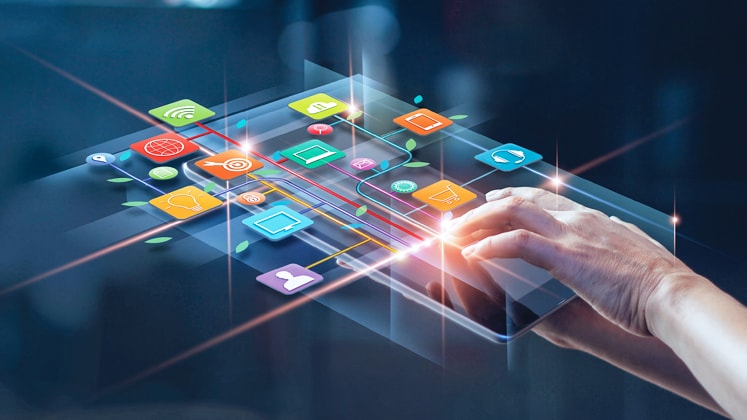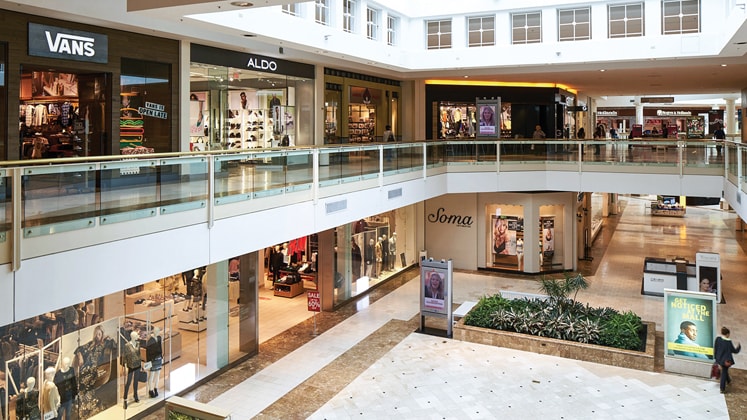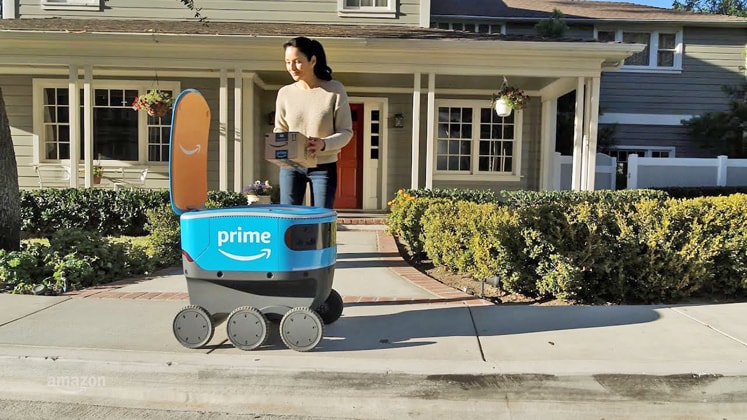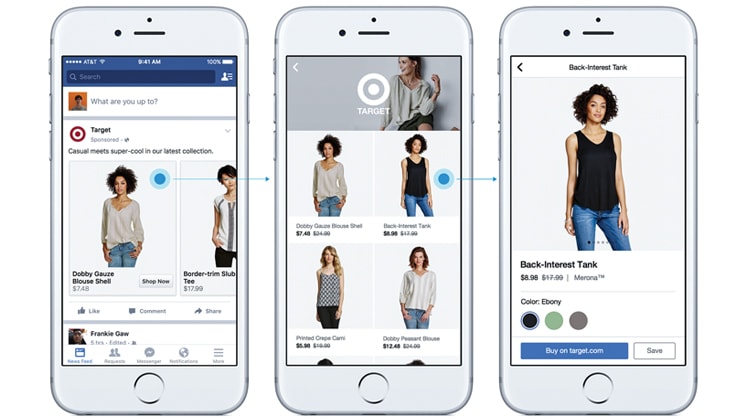News and Features
Top 6 trends that are redefining the retail industry
1 February 2020
Apparel Resources

2019 defined the Indian retail industry through emerging technologies that have entirely changed the way consumers interact with the brands.According to Statista, the market value of apparel across India in 2017 was approximately Rs.5,000crore and this is estimated to reach over Rs.9,000crore by 2023. It is a huge market which is only going to get bigger with time and it pays to abide by the retail trends and be future-ready. So what really is working today?
1. Selling Experiences

Today’s generation chooses to invest in experience rather than products and the retail brands need to attend to these needs. Experience does not only mean splurging on tech-savvy gadgets, but also what creates a difference is adding the personalised touch to the overall retail process. Fashion brands like Fabindia, Adidas, Project Eve, Puma, etc., are now moving in this direction.
“We believe that experience is the biggest proposition for offline retail as much as convenience is a key to online. That’s precisely the reason for launching a first-of-its-kind Puma store in India. With a focus on bringing technology, sports and experiential retail under one roof, our first interactive store showcases an immersive brand space,” asserts Abhishek Ganguly, Managing Director, Puma India.
2. Augmented & Virtual Reality

Retail brands are now experimenting with virtual commerce which leverages the virtual and augmented reality devices. AR engages the consumers in the best possible and most interesting ways, whether used to virtually try clothing or beauty products online, or at an offline outlet.
For example, IKEA is offering an AR app which lets people experience, experiment and share how good design transforms a space. Patrik Antoni, Deputy Country Manager, IKEA India, says, “The development of AR is a gamechanger and an accessible tool for real-life decision-making. In addition to digitally placing IKEA products in a room, the app allows people to capture the setting and share as an image or video with friends. They can then purchase the products directly through the IKEA website.”
3. Multichannel Retail Strategy

A seamless omnichannel strategy is what will go a long way in today’s retail scenario. An increasing number of pure play online retailers are today entering into bricks-and-mortar space, opening for themselves a new lease of benefits like an improved buying experience for their consumers including the option to buy online and pick up from or return to an offline store and vice versa, an integrated supply chain system, brand visibility through an offline presence, etc.
A number of online players in the likes of ShopClues, Vajor, Jaypore, and even the giants like Amazon and Myntra have entered the offline space. Apart from being omnichannel, offline retailers are also experimenting with different formats like hypermarkets, large format stores, small format stores, kiosks, etc., depending on the catchment area and target audience.
4. Organised Wins Over the Unorganised

Retail industry in India has been highly unorganised since ages. But with changing times and rising disposable incomes, growing urbanisation, consumerism, popularity of nuclear family structure and tremendous growth in number of educated and aware population, the unorganised sector is gradually transforming into an organised one.
Furthermore, globalisation and the entry of international retail majors have changed the game for good, giving a push to the number of home-bred brands coming up and even competing against these global players.
5. Disruptive Technology

Technologies like IoT, drones, AI/ML, robotics, digital traceability, 3D printing, AR/VR and blockchain are and will continue to disrupt the industry. Sharad Venkta, CEO, Toonz, avers, “Technologies like data analytics will be used to gain and retain customers using AI and this will be the differentiating factor. With the help of technology, brands will be able to garner more and more data so that the customers are able to interact with the brand and then take recommendations from them on the same.”
A number of retailers now provide a screen to customers to use and search their purchase history or wish list items or order products that are physically not present in the store and also provide magic mirrors for letting their customers try on garments virtually without actually having to try it.
6. Power of Social Media

In the age of social media dominance, no retail brand can function and be in the favourite list of millennials without connecting with them on social media platforms. Even the runway trends from Milan and New York are transmitted instantaneously through channels like Instagram, Snapchat, YouTube, etc.
Devangi Nishar, Creative Director, Aza Fashions, says, “Retailers that are unable to deliver instant gratification will not survive, as customers are no longer ready to wait 3-6 months to get access to fashion trends, and copycats rush to deliver the same thing in a shorter timeline. Brands that leverage social media channels to have an open conversation with followers will be able to occupy more mind and eventually wallet share. It is perfectly normal to begin a conversation on Snapchat, continue it on Instagram and culminate it in a purchase through WhatsApp.”
Comments

